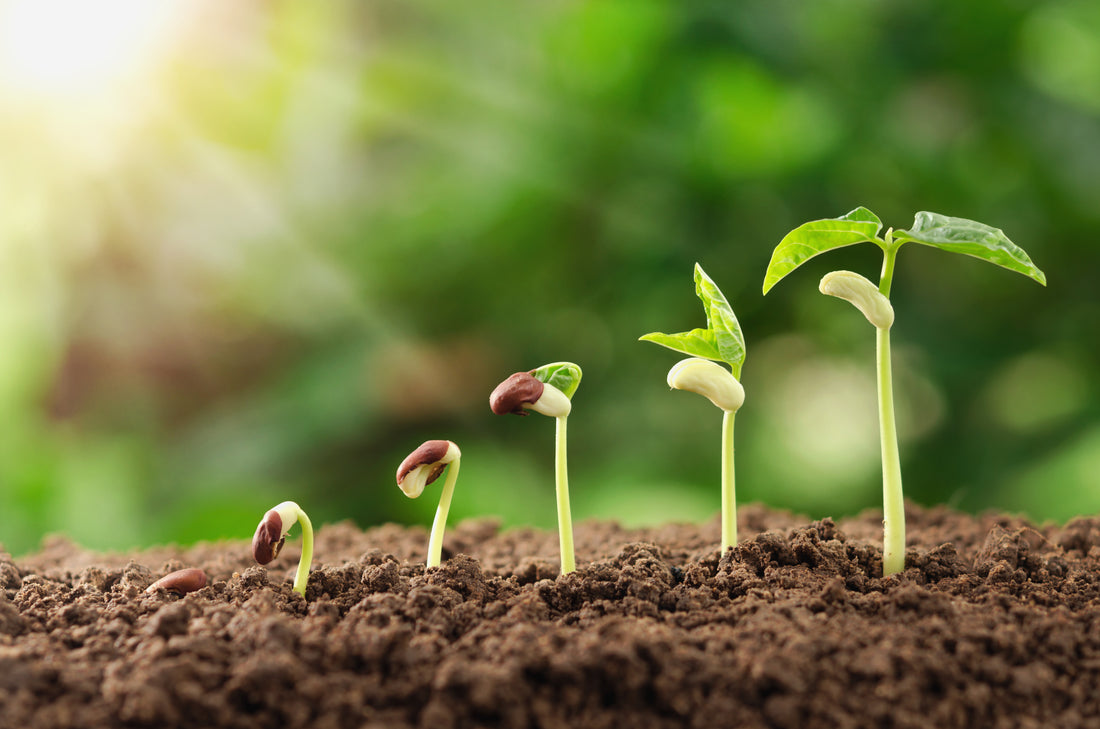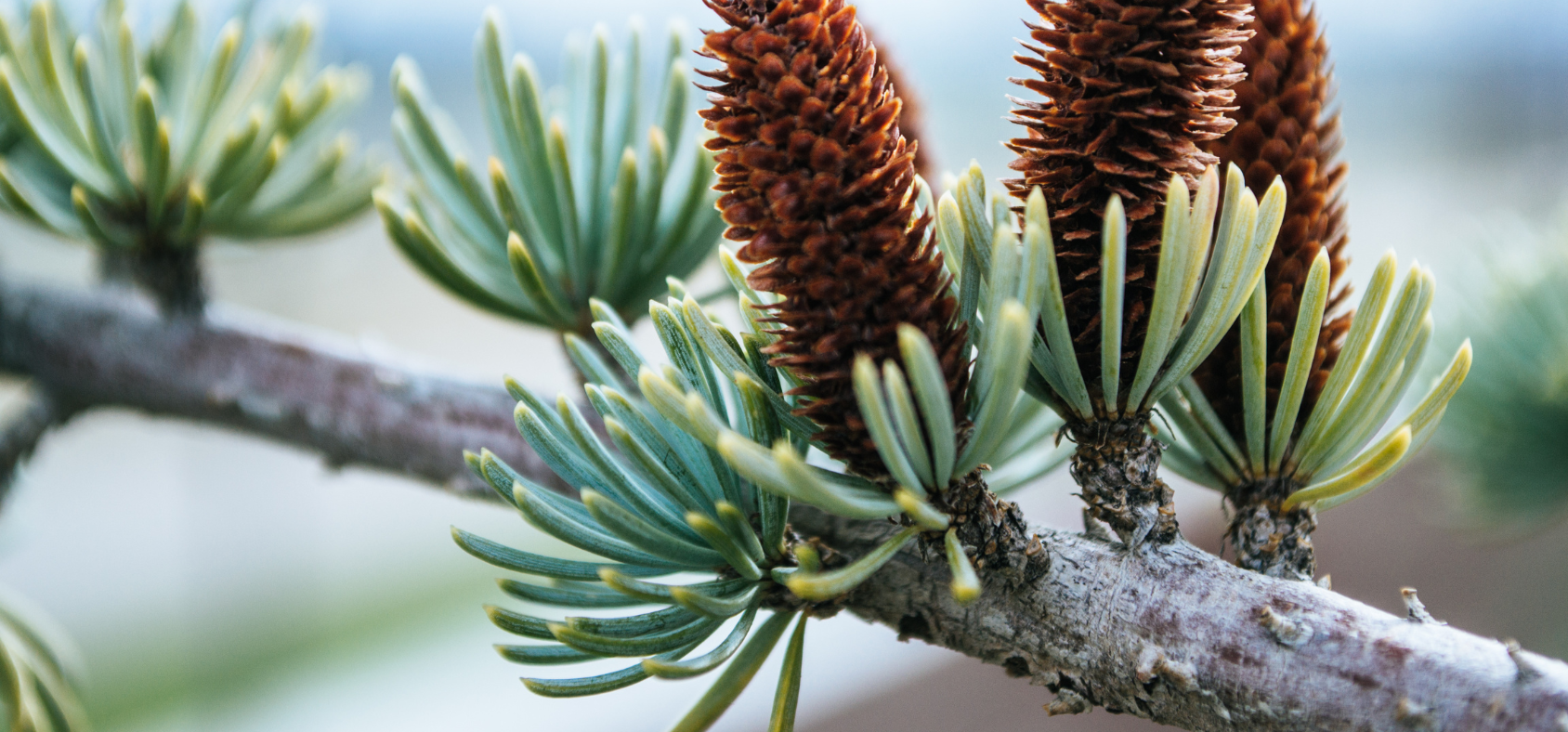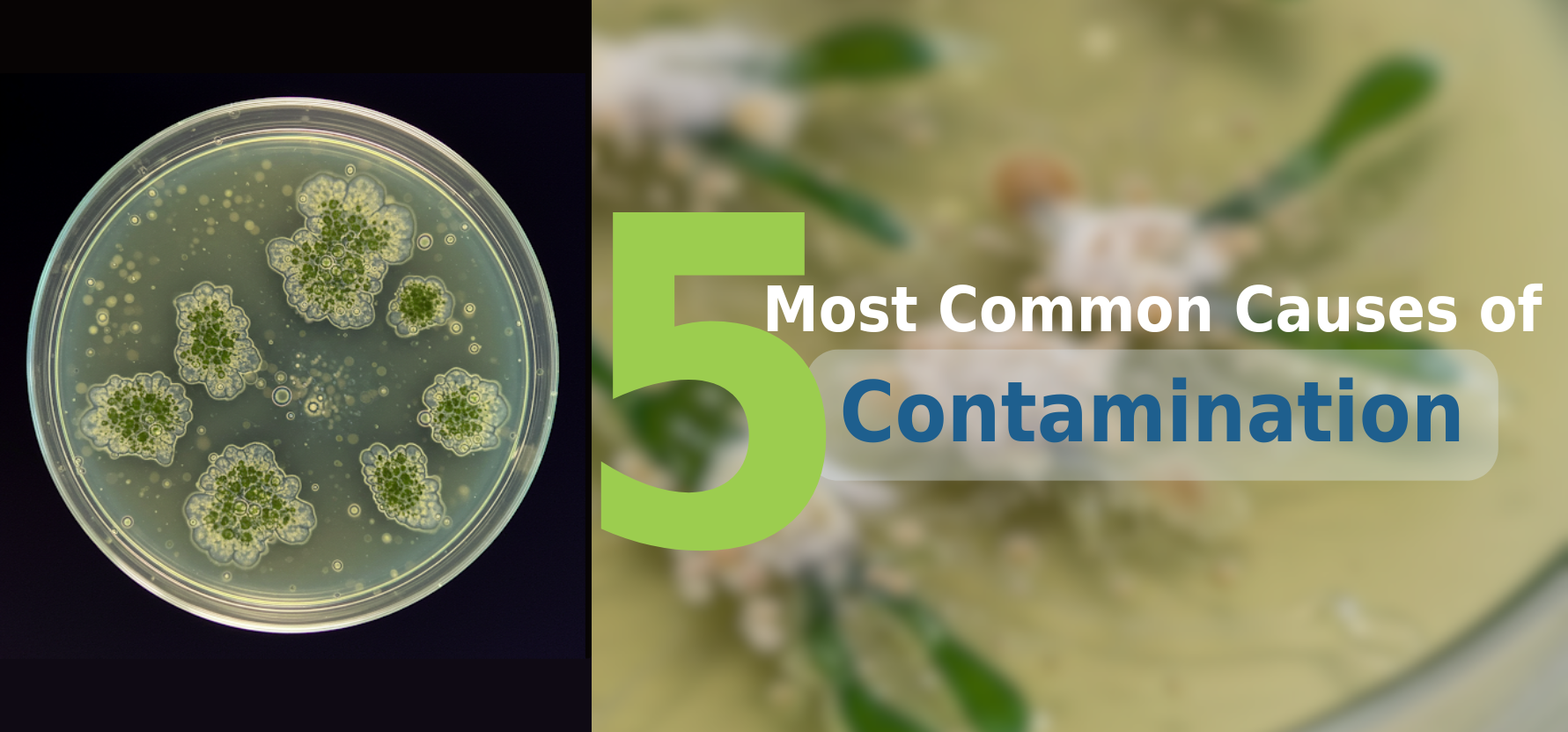
Plant Growth Hormones: Types and Functions (Part-1)
As a content and community manager, I leverage my expertise in plant biotechnology, passion for tissue culture, and writing skills to create compelling articles, simplifying intricate scientific concepts, and address your inquiries. As a dedicated science communicator, I strive to spark curiosity and foster a love for science in my audience.


Introduction
The development of plants depends on three main factors: environmental factors, nutritional requirements, and plant growth hormones.
The growth hormones are the essential regulators of growth, differentiation, and development in plants. They have an important role as signaling molecules and any changes in the concentration of these molecules mediate several developmental responses, including responses in combination with environmental factors and stress responses.
Plant growth hormones are defined as a group of naturally occurring, organic substances which influence physiological processes at low concentrations. They are also termed plant growth regulators or phytohormones.
The plant produces a wide range of growth hormones but some of the well-known and well-studied include auxin, cytokinin, gibberellins, abscisic acids, ethylene, brassinosteroids, polyamines, jasmonic acids, salicylic acids, and strigolactones.
This article is committed to present all about the aforementioned plant growth hormones, their structure, biosynthesis, metabolic developmental function.
Types of Plant Growth Hormones
Auxin
In 1926, Fritz Went discovered a diffusible growth‐promoting factor from oat coleoptiles that he subsequently named auxin. The primary auxin in plants was identified as indole-3-acetic acid. It’s the most prevalent form of natural auxins in plants among others that were later discovered, including Indole‐3‐butyric acid (IBA), 4‐chloroindole‐3‐acetic acid, and phenylacetic acid.
The natural auxins are synthesized from tryptophan and indole in leaf primordia, young leaves, and developing seeds. And, its transport is cell to cell, in the vascular cambium and the procambial strands. Their transport to the root involves the phloem.
Some synthetic auxins are also synthesized by plants for commercial uses such as 2,4‐dichlorophenoxyacetic acid (2,4‐D) and naphthalene‐1‐acetic acid (NAA).
Functions of Auxins
- It stimulates cell enlargement and stem growth.
- It stimulates cell division in the cambium and. In tissue culture, it serves the same purpose when used in combination with cytokinin.
- It stimulates differentiation of phloem and xylem.
- It stimulates root initiation on stem cuttings, and the development of branched roots. In tissue culture, it helps in root differentiation.
- It mediates gravitropism (response of a plant in response to gravity) and phototropism (plant response in response to light).
- It’s involved in apical dominance.
- It delays leaf senescence.
- It promotes femaleness in dioecious plants.
Cytokinin
In 1950, N6‐furfuryl aminopurine, purified and crystallized from autoclaved herring sperm DNA extracts, was found to stimulate cell proliferation in Nicotiana tabacum tissue culture. It was named kinetin. In plants, a kinetin-like growth-promoting substance was isolated from the immature Z. mays endosperm. It was named zeatin.
The biosynthesis of cytokinins occurs through the biochemical modification of adenine that occurs in root tips and developing seeds. The molecule is transported via the xylem from roots to shoots.
Functions of Cytokinins
- Cytokinin causes crown gall tumors in plants. And, in tissue culture, it induces cell division in combination with auxin.
- It promotes shoot initiation in tissue culture. And, in moss, it induces bud formation.
- It’s involved in leaf expansion.
- It delays leaf senescence.
- Its application leads to an accumulation of chlorophyll and promotes the conversion of etioplasts into chloroplasts.
Gibberellins
In 1926, a Japanese scientist Eiichi Kurosawa isolated gibberellins from the fungus Gibberella fujikuroi, while investigating the causative agent of bakanae, the “foolish seedling” disease of Oryza sativa. He also observed that the active factor promoted the growth of Zea mays, Sesamum indicum, Pennisetum glaucum, and Avena sativa seedlings.
Gibberellins are a group of tetracyclic diterpenes. So far. Around 136 gibberellins have been characterized and named as GA1, GA2, GA3...GAn to avoid any confusion. But, among all these hormones, only a few function as bioactive hormones.
Gibberellins are synthesized from glyceraldehyde-3-phosphate, via isopentenyl diphosphate, in young tissues of the shoot and developing seed. They are transported in plants through xylem or phloem.
Functions of Gibberellins
- GA1 causes hyper-elongation of stems by stimulating both cell division and cell elongation.
- Gibberellins cause stem elongation in response to long days.
- It causes seed germination in some seeds that normally require cold (stratification) or light to induce germination.
- It stimulates the production of numerous enzymes, like α-amylase, in germinating cereal grains.
- It induces maleness in dioecious flowers.
Abscisic Acid
In 1960, the compound was isolated through the paper chromatography technique to test for its ability to promote growth in oat coleoptiles. But, instead of promoting growth, it was observed to inhibit coleoptile elongation. It was referred to as the β‐inhibitor complex.
Laters, the higher concentration of these compounds was found to have involvement in suppression of Solanum tuberosum tuber sprouting, abortion of Lupinus arboreus pods, and bud dormancy in deciduous trees, such as Acer pseudoplatanus and Betula pubescens.
Abscisic acid is synthesized from glyceraldehyde-3-phosphate via isopentenyl diphosphate and carotenoids in roots and mature leaves. It’s transported in the xylem and from leaves in the phloem.
Functions of Abscisic Acids
- An increase in ABA concentration due to water shortage leads to stomatal closure.
- It inhibits shoot growth but has less effect on, or may promote root growth.
- It induces storage protein synthesis in seeds.
- It affects the induction and maintenance of some aspects of dormancy in seeds.
Ethylene
In 1886, Nikolayevich Neljubow noticed that etiolated pea seedlings grew horizontally in laboratory air and vertically in the air from outside the laboratory. He concluded the ethylene present in the gas used for lightening caused this abnormal growth.
The ethylene gas is synthesized by most tissues in response to stress, in particular tissues undergoing senescence or ripening. They move by diffusion from their site of synthesis.
Functions of Ethylene
- It is responsible for triple response in the plants. That is, before soil emergence, dark-grown seedlings display a decrease in stem elongation, a thickening of the stem, and a transition to lateral growth.
- It maintains the apical hook in seedlings.
- It stimulates numerous defense responses in response to injury or disease.
- It is responsible for the shoot and root growth and differentiation.
- It causes adventitious root formation.
- It causes leaf and fruit abscission.
- It causes flower opening.
- It’s responsible for fruit ripening.
Get the best quality lab-grade plant growth hormones at PCT!
Best quality hormones are required for the healthy growth of plants in tissue culture and to get higher output. You can find this nowhere but in the PCT store!
The PCT store has high-quality lab-grade plant growth hormones required in tissue culture experiments. And, that’s not it! It also provides all other chemicals and equipment for your experiments.
So don’t wait up!
Excel in your tissue culture processes by choosing PCT as your partner!
Happy Culturing!
Happy Culturing!
Source: Giphy
Blog Categories
View by Level
Popular Blogs

Can We Grow Wood in a Lab? The Future of Tissue Culture in Forestry
Introduction Wood has long been a cornerstone of human civilization—used for shelter, tools, paper, energy, and countless everyday items. However,...
Read More
The 5 Most Common Causes of Contamination in Tissue Culture Labs
Introduction Scaling up your tissue culture production is impossible if you’re constantly battling contamination. Contamination is one of the biggest...
Read MoreSubscribe to Our Newsletter







Join the conversation
Your email address will not be published. Required fields are marked